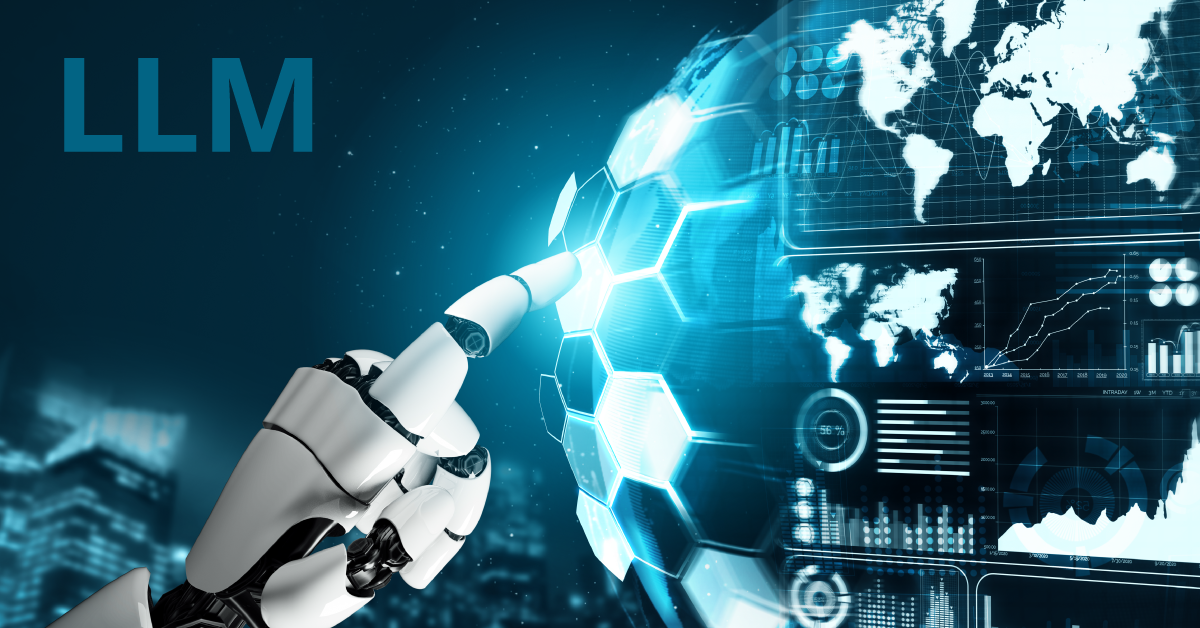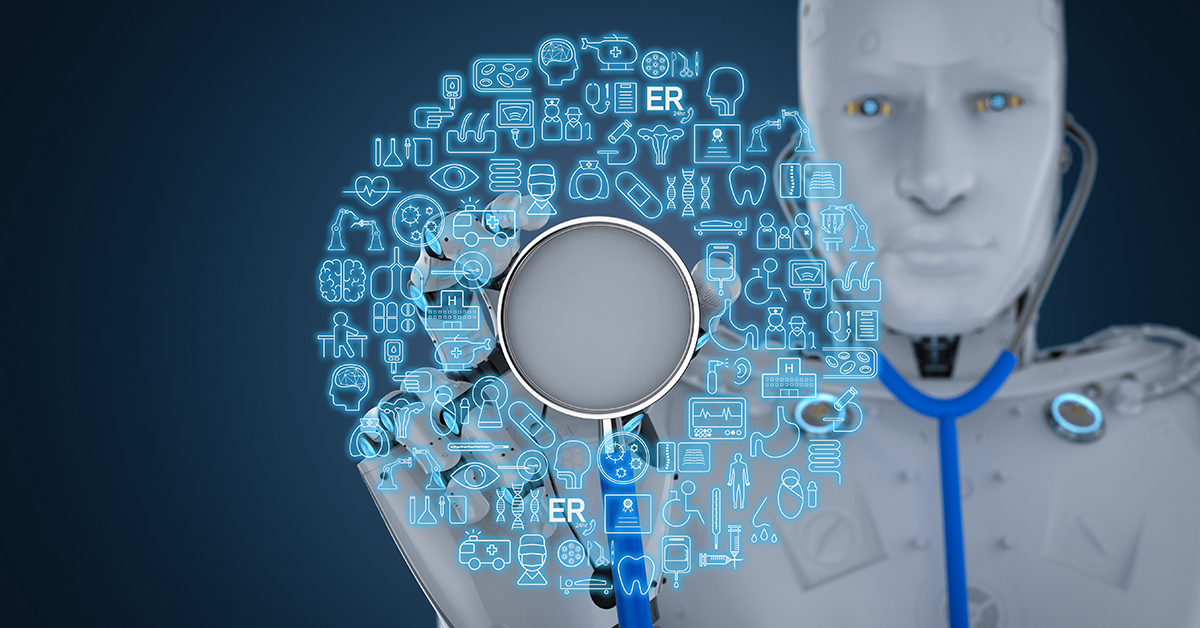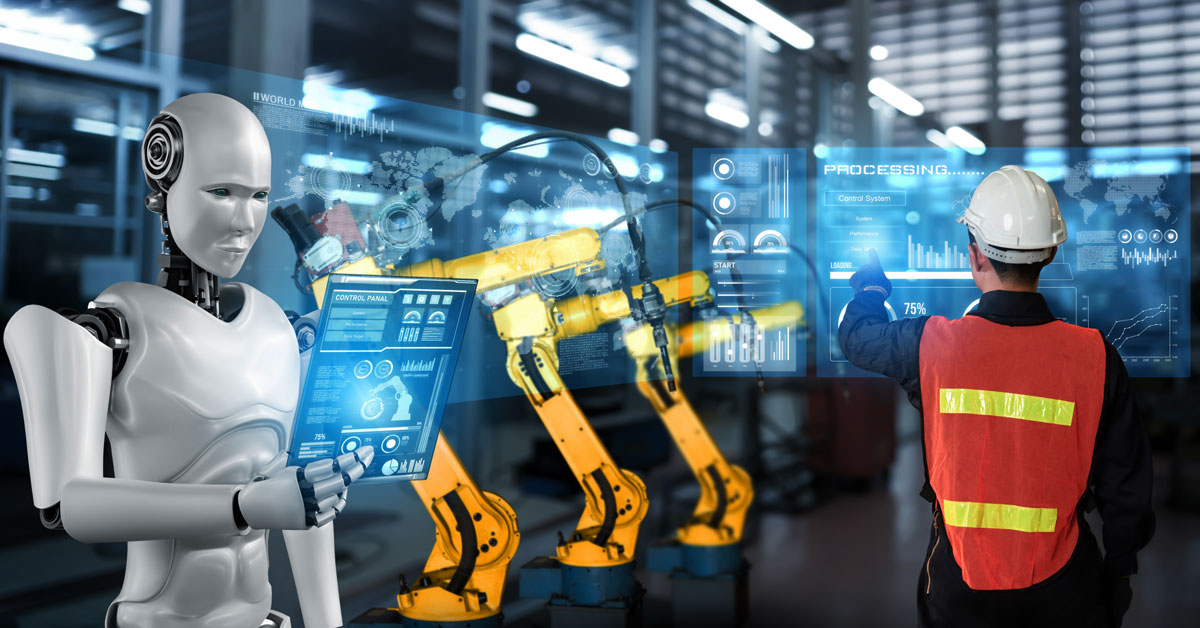Machine Learning in Robotic Automation: Best Practices & Implementation Strategies
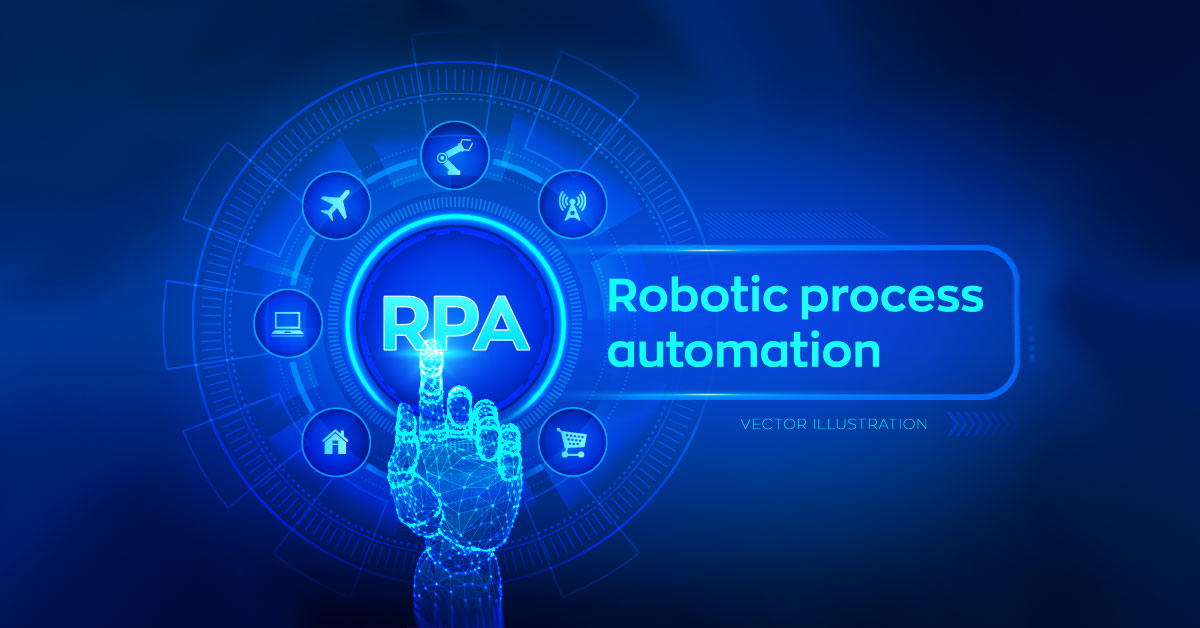
5 min read
Are you prepared to take back eight hours from your weekly tasks? Saving eight hours per person is an initial success, but there are more advantages than time savings. Machine learning in robotic automation technologies can help your company enhance departmental productivity and open new revenue streams. You can free up a place in your business for efficiency and growth by eliminating repetitive manual tasks connected to outdated procedures.
Industries have been completely transformed by robotic process automation, increasing production and streamlining procedures. But the full potential of automated robotics can be realized by employing machine learning methods. This blog post will examine implementation techniques and best practices for integrating machine learning with robotic automation systems.
What is Machine Learning in Robotic Automation?
In industrial automation, machine learning refers to using statistical models and algorithms that enable robots to learn from data and improve their performance. Robots can now adapt, optimize, and make wise decisions based on learned information through ML. This differs from traditional programming techniques that call for explicit instructions for each task. Different machine-learning approaches are used in the field of robotic automation. Robots are trained with labelled data using supervised learning, which teaches specialized tasks like grasping and object recognition.
Unsupervised learning enables robots to find links and patterns in data independently, which is helpful for tasks like anomaly detection and grouping. Reinforcement learning is another important strategy. It allows robots to learn by making mistakes and improve their behavior over time by receiving feedback through incentives or penalties. Deep learning techniques are useful for computer vision tasks such as object recognition and scene understanding. These tasks contribute to improving a robot’s comprehension and interaction with its visual environment. Robots can understand and react to human orders through natural language processing, or NLP. Anomaly detection, a method of predicting and preventing equipment breakdowns through machine learning models analyzing sensor data, is another way to accomplish predictive maintenance. Robots can now accomplish complex jobs in various industries by combining the efficiency, autonomy, and adaptability of robotic process automation, machine learning and artificial intelligence (AI).
What Use Cases Have You Identified for Integrating Machine Learning into Robotic Automation?
It is important to find appropriate use cases where ML can be beneficial before integrating it with robotic process automation. The following are a few such use cases for machine learning:
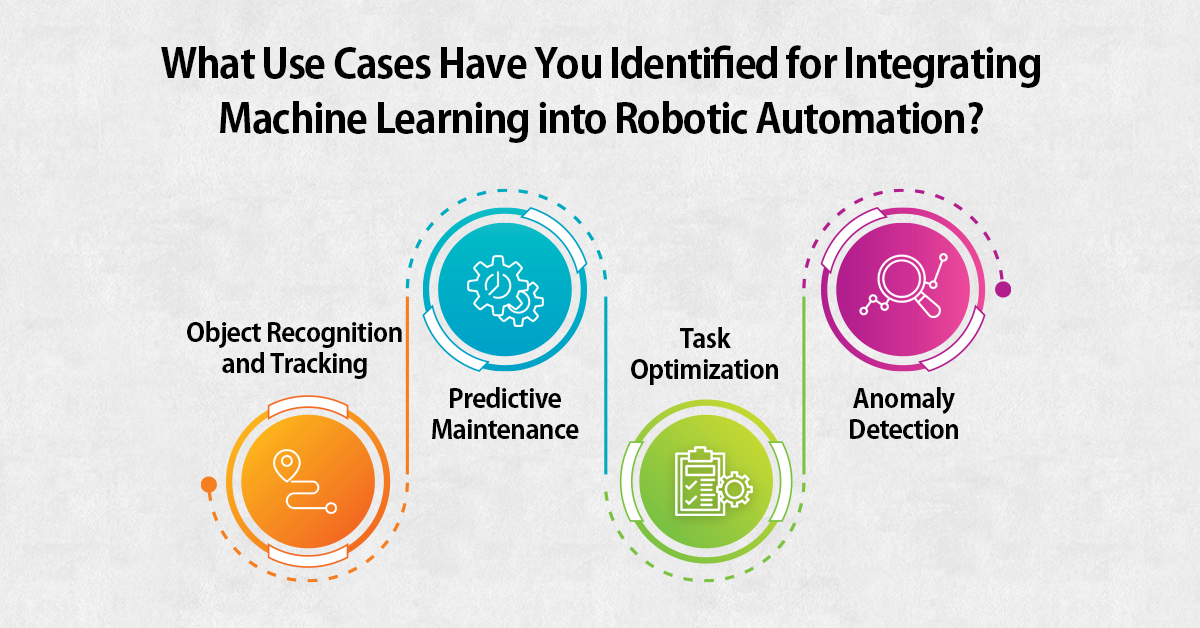
-
Object Recognition and Tracking
Real-time object tracking and recognition can be taught to machine learning algorithms. It is especially helpful in sectors where robots must precisely identify and handle a variety of objects, like manufacturing and logistics.
-
Predictive Maintenance
ML algorithms can forecast the likelihood of a robot or one of its components failing using sensor data and previous maintenance logs. In doing so, downtime decreases, and expenses are reduced through proactive maintenance.
-
Task Optimization
Robot job scheduling and planning can be optimized using machine learning algorithms based on limits, deadlines, and available resources. It enables the effective use of smart automation technologies.
-
Anomaly Detection
Preventing failures and preserving quality control in robotic process automation depend on the ability to detect anomalies. Divergences from the anticipated conduct can be detected by machine learning, which can then initiate suitable remedial measures.
Best Practices for Implementing Machine Learning in Robotic Automation
Robotic automation machine learning implementation necessitates a deliberate approach incorporating several best practices. First and foremost, it is imperative to precisely identify the implementation’s objectives and goals, including the responsibilities the robot should carry out and the issues it seeks to resolve. Using representative, high-quality data is essential for training models because data quality is important. Outliers, missing data, and normalization should be handled using preprocessing procedures. Ethical considerations such as the problem’s complexity and the type of data should be considered while choosing an algorithm. Cross-validation methods should be used during model training and validation to ensure robustness and avoid overfitting.
It is important to integrate systems for continuous learning and adaptation so that robots can update their models in real-time in response to fresh information and experiences. Accuracy and efficiency increase when human feedback is added to the learning process using person-in-the-loop technologies. Interdisciplinary collaboration between robotics engineers, data scientists, and domain specialists ensures a seamless integration of robotic and machine learning components. Applications that demand fast answers must have low latency and real-time processing capabilities. In applications that affect safety or important processes, the explainability and interpretability of models become vital. Robustness and safety measures need to be in place to handle unforeseen events.
Scalability is another important consideration in system design, as it allows for increasing data and task complexity. Security factors, such as permission protocols and encryption, are essential, especially when handling sensitive data. It is essential to abide by industry norms, paying close attention to privacy and safety requirements. By following these best practices, organizations can improve the efficiency, dependability, and general success of incorporating machine learning into automation systems.
Choosing the Right Machine Learning Algorithm
The particular use case and data type will determine the best machine-learning method. Typical robotic automation algorithms include the following:
-
Supervised Learning Algorithms
Supervised learning algorithms need labelled training data to classify things based on known examples or anticipate outcomes. Some of these approaches include neural networks, support vector machines (SVM), and decision trees.
-
Unsupervised Learning Algorithms
Algorithms for unsupervised learning are used to cluster data or identify patterns without requiring labelled input. Some unsupervised learning AI techniques include principal component analysis (PCA), hierarchical clustering, and k-means clustering.
-
Reinforcement Learning Algorithms
Reinforcement learning algorithms interact with their environment and receive feedback through incentives or penalties. This process involves trial and error. These algorithms help teach robots to carry out tasks on their own.
Overcoming Challenges in Implementing Machine Learning in Robotic Automation
Robotic automation machine learning implementation involves several obstacles that must be overcome strategically for integration to be successful. Data availability and quality provide a major challenge since inadequate or low-quality data can make it difficult to train models. Organizations should emphasize data quality, use data augmentation strategies, and work with subject matter experts to obtain representative and pertinent datasets to address issues. Another problem is algorithm selection and tuning, which necessitates a careful assessment of algorithms and parameter modifications based on the particular demands of the robotic task. Additional issues that can be addressed include interoperability, real-time processing requirements, and seamless integration with current systems. These can be addressed by teams working together in robotics and also, data science, standardizing communication protocols, and optimizing algorithms for efficiency.
Building trust and understanding depends on the explainability of machine learning models, particularly in difficult tasks. When possible, organizations should adopt interpretable models, apply interpretability methodologies, and offer tools that help users understand the decision-making processes. In dynamic contexts, real-time updates based on fresh data necessitate the application of reinforcement learning processes and approaches for continuous learning and adaptation. Additional issues that can be handled by optimization, strong security measures, user-friendly interfaces, and compliance with industry standards include resource limitations, security and privacy concerns, human-robot collaboration, and regulatory compliance.
It is imperative to manage expenses and resources strategically, considering automation solutions such as cloud-based solutions, edge computing, and the overall cost-effectiveness of various methods. Ultimately, organizations may improve the successful integration of ml in automation systems by proactively addressing these difficulties through cooperation, continuous optimization, and adherence to ethical and regulatory norms. The dynamic field of robotics and artificial intelligence requires constant observation, feedback loops, and a dedication to ongoing progress.
Conclusion
Robotic automation systems are now enhanced by machine learning, allowing them to learn from data and make wise decisions. Organizations may fully utilize machine learning in robotic automation by adhering to best practices, including choosing relevant algorithms, identifying applicable use cases, gathering high-quality data, and improving models. So, we may anticipate more developments in this area, resulting in more effective and powerful smart automation systems across various industries due to technological breakthroughs and growing acceptance of AI-driven solutions.
Published: December 13th, 2023

